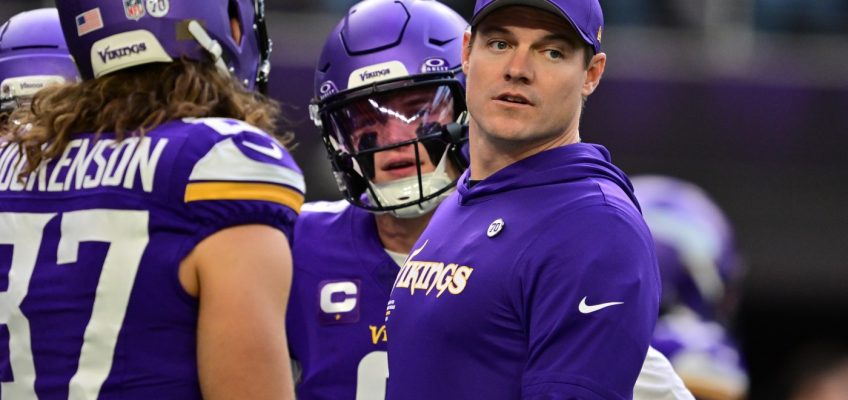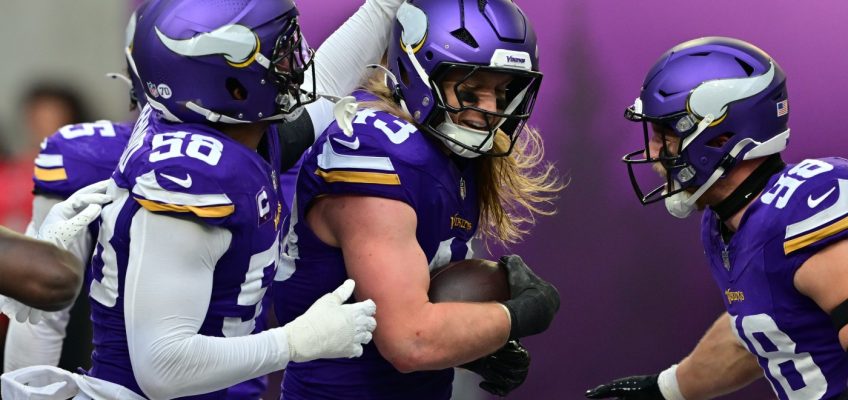Corrie’s House, a crisis shelter and long-term group residential home for youth experiencing sexual exploitation or human trafficking, has opened at an undisclosed location in Oakdale.
The home, which will serve up to six young people, both boys and girls, ages 12 to 17, is the first of its kind in Washington County, said Jodi Bond, the organization’s program director.
Young people who have been sexually exploited will have access to housing and trauma-informed care for up to 18 months, providing them with “the tools they need to recover and rebuild their lives,” Bond said.
Research shows that when young people have access to stable housing and support for an extended period of time, they become significantly more self-reliant and likely to remain free from exploitation, Bond said.
Among the services residents will receive: therapy, life-skills and healthy-relationships education, case management, academic support and employment readiness programs.
Each resident will have their own bedroom and will need to take care of their own space, Bond said. “It’s an actual home in a neighborhood,” she said. “A lot of other places can feel more like a facility than an actual home.”
Those living at the home will learn to do chores like cooking, cleaning and laundry, Bond said. “They’ll get life skills and social skills, so that they can transition and feel more independent,” she said. “A lot of times they get into this situation because their basic needs weren’t met.”
Forty percent of the human-trafficking cases reported in Minnesota involve minors, said Renee Boehme, executive director of Corrie’s House. “This is a critical time for us to open our doors,” she said.
Corrie’s House receives about 50 percent of its funding from county sources, Bond said, with the remainder raised through private donations and community fundraising. The house is the only Minnesota Department of Human Services-licensed shelter and group-residential program in the metro area that can serve clients for more than 90 days, Bond said.
The house is named after Corrie ten Boom, a Dutch woman whose book on her experience in a Nazi concentration camp was the basis for the film “The Hiding Place.” Ten Boom and her sister are believed to have saved around 800 Jewish people during the Holocaust by hiding them in their home in Haarlem, Netherlands. After World War II, she opened a home of restoration for concentration camp survivors to recover.
“She knew they would need some kind of transformation and trauma-informed care, so we really felt like the name fit,” Bond said.
For more information or to donate, visit www.corrieshouse.org or call 651-354-1901.
Related Articles
Keith Ellison announces restitution process for victims of bankrupt Woodbury dentist
Forest Lake school board deadlocks on filling vacancy, holding up other business
St. Croix County hires law firm in solar farm review
Stillwater Twinkle Party and giant tree lighting set for Saturday
Ex-Washington County deputy sentenced for driving drunk while off duty, crashing into family’s SUV




